Let me share my favorite version of Goldilocks' Dinuguan! For us Filipinos, Goldilocks isn't just another restaurant, it's where we get that perfect, smooth Dinuguan that we've all grown to love.
You know that silky-smooth dark stew that's never too sour, never too salty, just perfectly balanced? That's what we're making today! After many tries in my kitchen (and lots of taste-testing from my family), I've figured out how to make it just like Goldilocks does. The secret? Double-straining the blood for that super smooth texture and adding a bit of brown sugar for that special Goldilocks taste we all love.
I'm excited to share this recipe because it's actually easier to make than you might think. Even my teenage daughter, who was scared of cooking Dinuguan at first, can now make it perfectly. If you've been craving that classic Goldilocks Dinuguan taste but can't always go to the store, don't worry - we'll make it right in your kitchen.
When you serve this with hot, fluffy puto, your family will think you bought it straight from Goldilocks.
Cultural Notes
Dinuguan is a testament to Filipino creativity in using all parts of the animal, demonstrating our ancestors' resourcefulness and sustainable cooking practices. The Bicolano version with coconut milk showcases regional adaptation and the influence of local ingredients on traditional dishes.
Jump to:
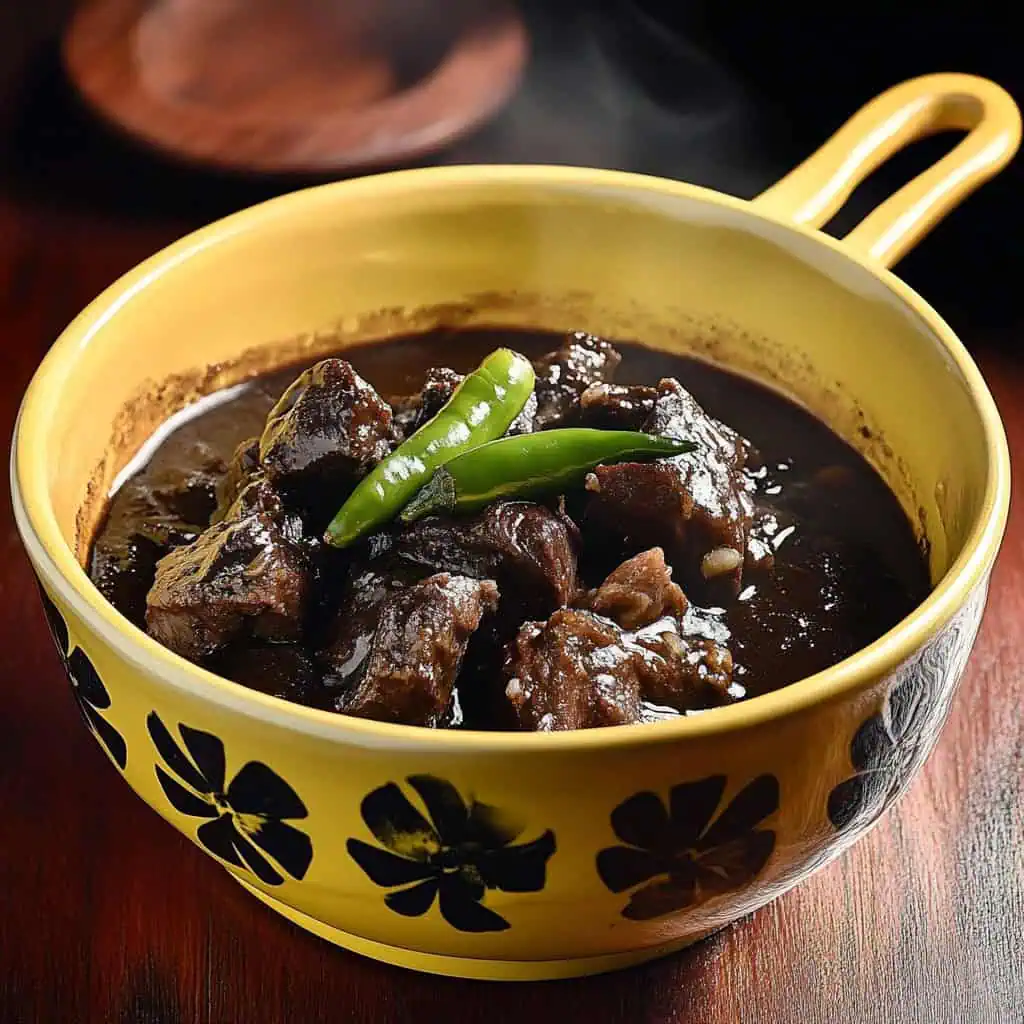
Why You'll Love This Recipe
- Authentic Bicolano twist on a classic Filipino dish
- Perfect balance of savory and tangy flavors
- Ideal for special occasions or family gatherings
- Can be made ahead and reheated
- Pairs perfectly with traditional puto (rice cakes)
Ingredients
The ingredients in this Goldilocks-style Dinuguan are carefully selected to create that signature silky-smooth texture and perfectly balanced flavor. Fresh pork blood forms the foundation, double-strained for exceptional smoothness. The combination of pork belly and innards provides rich depth and authentic texture.
Aromatics like garlic, onion, and ginger build a flavorful base, while Thai chilies add gentle heat without overwhelming the dish. The touch of brown sugar—Goldilocks' secret ingredient—balances the savory elements with subtle sweetness. White vinegar not only preserves the blood but adds that essential tang that makes dinuguan so distinctive.
Together, these ingredients transform humble components into a luxurious stew that captures the essence of Filipino culinary ingenuity.
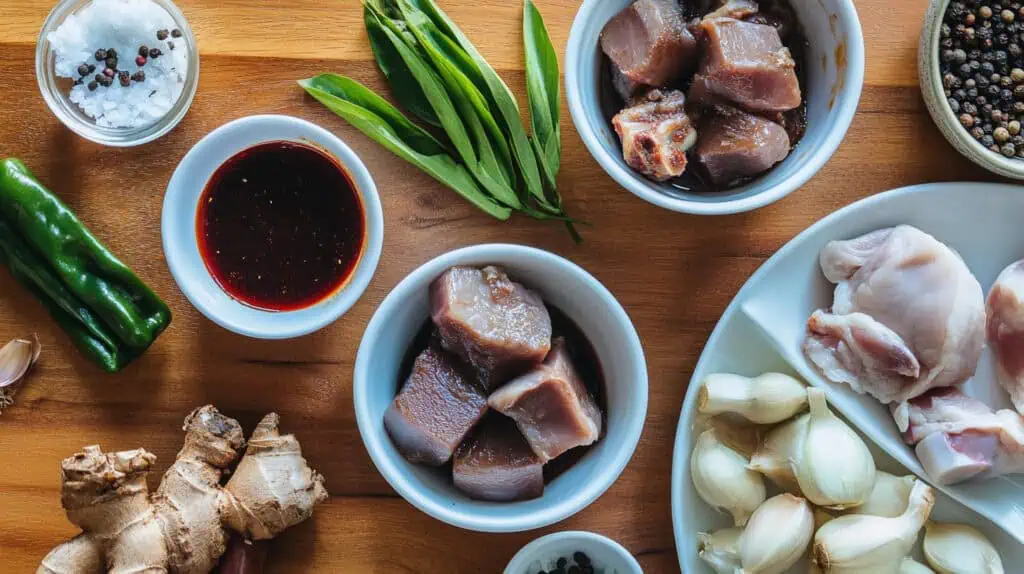
For the Stew Base:
- 1 kilogram pork meat and intestines, cut into small cubes (500g pork belly, 500g cleaned pork innards)
- 4 cups pork blood (dugo ng baboy), double-strained
- ½ cup white vinegar (sukang puti)
Aromatics and Vegetables:
- 1 bulb garlic, minced
- 2 medium onions, finely chopped
- 1 thumb-sized ginger, minced
- 3-4 pieces Thai chilies
- 2 pieces bay leaves
- 2 tablespoons black peppercorns
- Salt to taste
- 1 tablespoon brown sugar
Equipment
- Large Heavy-Bottom Pot - Provides even heat distribution and prevents burning, essential for the long simmering process that develops the stew's signature flavor
- Fine Mesh Strainer - Used for double-straining the blood to achieve that signature Goldilocks smoothness
- Sharp Knife - For precise cutting of meat and offal into uniform pieces that cook evenly
- Wooden Spoon - Allows gentle stirring without scratching the pot and helps maintain the smooth consistency
- Measuring Cups and Spoons - Ensures accurate measurements for consistent results
- Cutting Board - Provides a safe surface for ingredient preparation
- Mixing Bowl - For preparing the blood-vinegar mixture
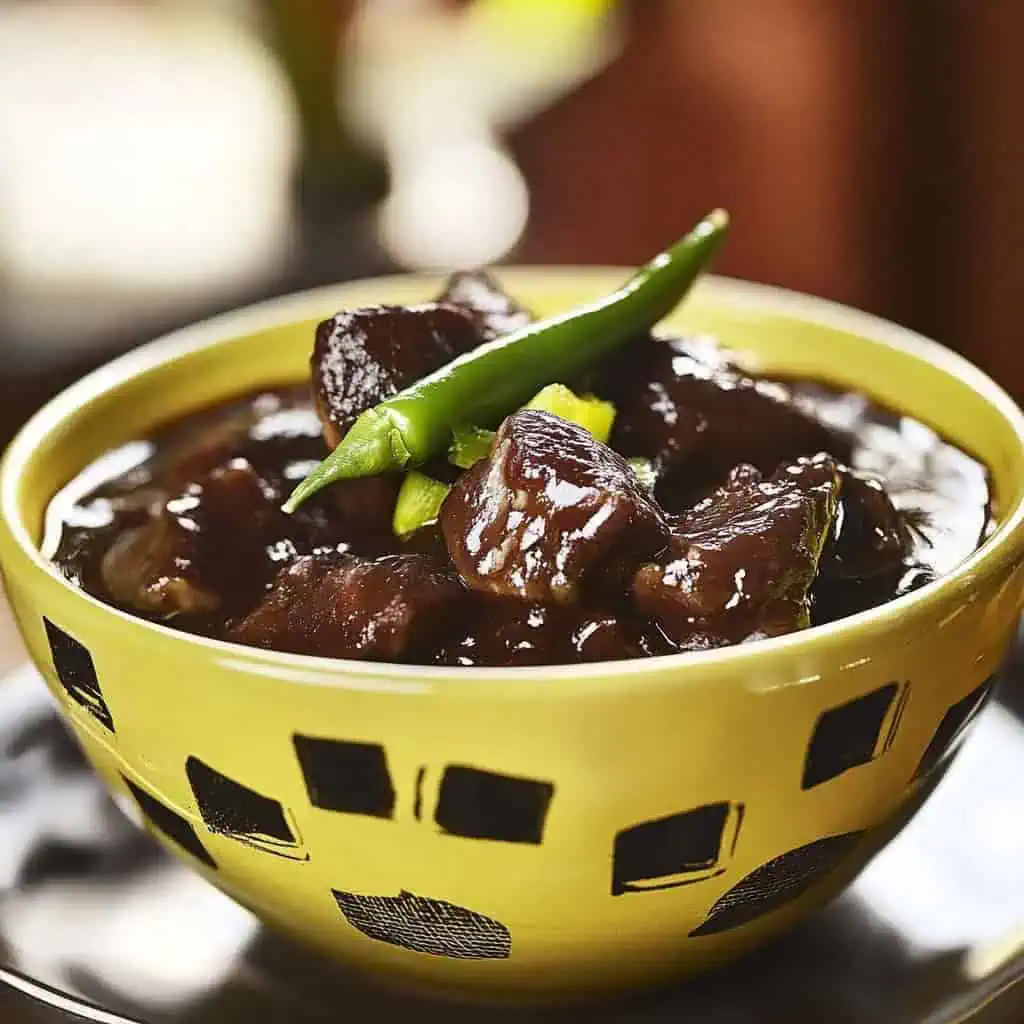
How To Make
- Before cooking, strain the fresh pork blood twice through a fine mesh strainer. Mix it with the vinegar and a teaspoon of salt. Set this mixture aside at room temperature.
- Heat 2 tablespoons of cooking oil in a large, heavy pot over medium heat. Add the minced garlic and cook until it turns light golden. Add the chopped onions and ginger, then cook until they become soft and fragrant.
- Add the cubed pork belly first. Cook until the pieces turn lightly brown, about 5-7 minutes. Add the chopped innards and cook for another 5 minutes. Toss in the bay leaves and peppercorns.
- Now comes the important part. Pour your blood-vinegar mixture into the pot slowly while stirring gently. Once all the blood is in, stop stirring and let it sit untouched for 5 minutes. This prevents the blood from curdling.
- After 5 minutes, bring everything to a gentle simmer and add the whole Thai chilies. Reduce the heat to low and let it cook for 45-50 minutes. Stir occasionally in one direction to keep the sauce smooth.
- When the sauce has thickened and the meat is tender, add the brown sugar and stir until dissolved. Taste and adjust the seasoning with salt and pepper until you're happy with the flavor.
- Turn off the heat and let the dinuguan rest for 30 minutes. This helps the flavors come together and gives you the signature Goldilocks smoothness.
- Serve your dinuguan hot with fresh white puto on the side.

Tips from Lola's Kitchen
- The Double-Strain Secret: Always double-strain the blood through a fine mesh strainer for that signature Goldilocks silky texture.
- Vinegar First: Add vinegar to the blood before adding to the pot to prevent curdling.
- Directional Stirring: Stir in one direction only to maintain a smooth consistency.
- Rest Period: The 30-minute rest after cooking is non-negotiable - it's what gives the dish its perfect texture and flavor melding.
- Aromatics Matter: Don't rush the garlic, onion, and ginger sautéing - this builds the flavor foundation.
- Slow and Low: Keep the heat gentle throughout the cooking process - rushing will ruin the texture.
- Thickness Control: If the sauce becomes too thick during cooking, add warm water gradually, not cold.
- Sweet Balance: The brown sugar is Goldilocks' secret for balancing the robust flavors.
Substitutions
- Pork Cuts: If you don't have access to traditional innards, you can use all pork belly or shoulder, though the flavor profile will be slightly different.
- Blood Source: Fresh pig's blood is ideal, but packaged frozen pork blood from Asian markets works well too - just thaw completely before using.
- Vinegar Varieties: White vinegar is traditional, but apple cider vinegar or sukang paombong can be used for subtle flavor variations.
- Heat Level: Substitute Thai chilies with bird's eye chilies for more heat or bell peppers for a milder version.
- Sweeteners: Brown sugar can be replaced with muscovado sugar or even a touch of molasses for a deeper flavor.
- Meat Options: For those who prefer alternatives, chicken or beef can be used, though cooking times will vary.
Troubleshooting
- Curdled Texture: If your dinuguan curdles, it's likely because the blood was added too quickly or the mixture was stirred too vigorously after adding the blood. Next time, add the blood-vinegar mixture more slowly and let it sit undisturbed for 5 minutes before stirring.
- Too Watery: If your stew is too thin, remove the lid and simmer on low heat for 10-15 more minutes, stirring occasionally to prevent sticking.
- Too Thick: Add warm water a tablespoon at a time while stirring until you reach the desired consistency.
- Metallic Taste: This indicates the blood might not be fresh enough or was overcooked. Make sure to source fresh blood and maintain low heat during cooking.
- Bland Flavor: Add salt gradually, tasting as you go. If it still lacks depth, a touch more brown sugar and a few drops of fish sauce can enhance the flavor.
- Uneven Meat Cooking: Make sure meat pieces are cut uniformly and cook the pork belly first before adding innards.
Storage & Reheating
- Refrigeration: Store cooled dinuguan in an airtight container for up to 3 days. The flavors actually improve overnight!
- Freezing: Portion into freezer-safe containers and freeze for up to 1 month. Thaw completely in the refrigerator before reheating.
- Reheating: Always reheat dinuguan slowly over low heat, stirring occasionally. Never use high heat as it will affect the texture.
- Consistency Fix: When reheating, add 1-2 tablespoons of warm water if the sauce has thickened too much during storage.
- Serving Temperature: Dinuguan should always be served hot, never lukewarm or cold.
- Food Safety: Never leave dinuguan at room temperature for more than 2 hours, and always use clean utensils when serving.
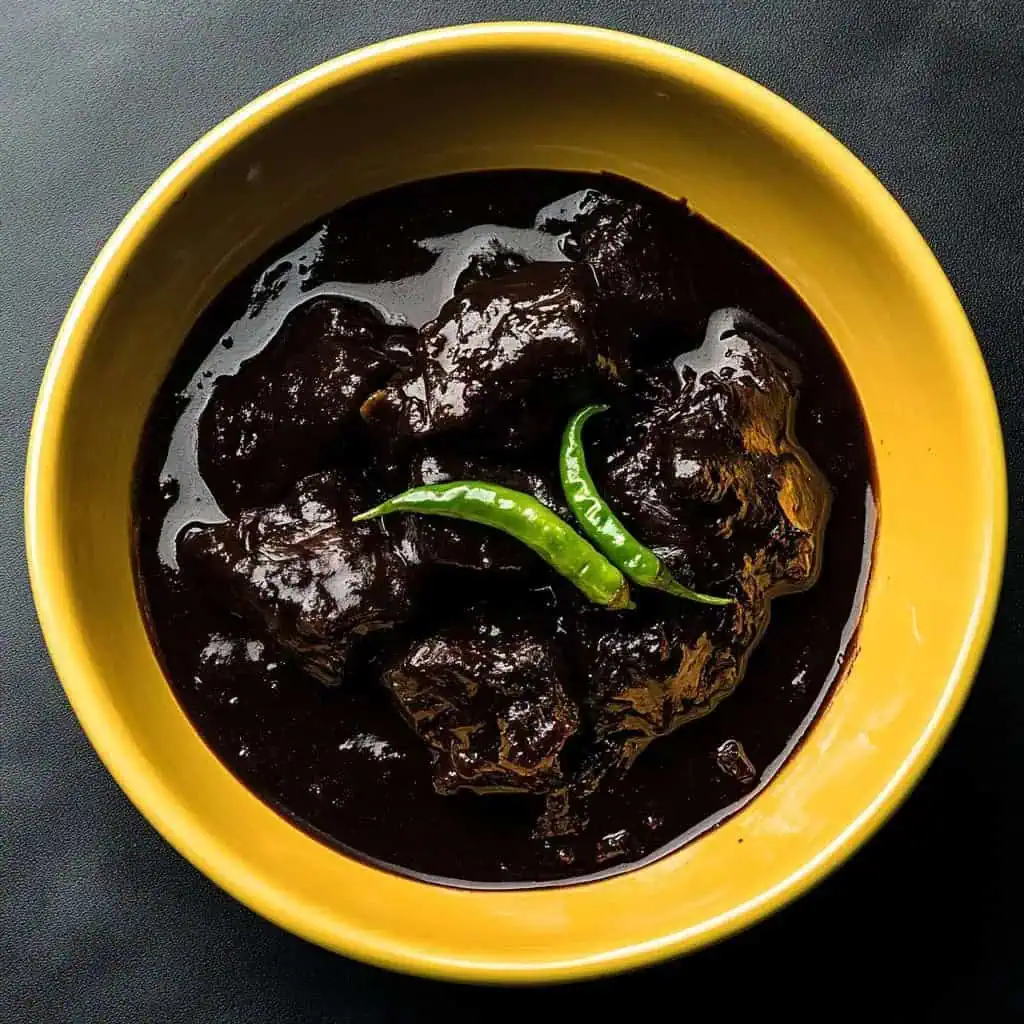
FAQ
Why is double-straining the blood so important?
Double-straining removes any clots or impurities, resulting in that signature Goldilocks silky-smooth texture that makes this version special.
Can I make dinuguan without using innards?
Yes, you can use just pork belly or shoulder, though traditionally both meat and innards are used for a complex flavor profile.
How do I know when dinuguan is properly cooked?
The sauce should be thick but still flowing, and the meat should be fork-tender. The color should be a rich, deep brown-black.
Why does my dinuguan sometimes turn grayish instead of dark brown?
This happens when the blood is overcooked or when it curdles. Maintain a low, gentle heat and add the vinegar to the blood before cooking.
Can I make this dish ahead for a party?
Absolutely! Dinuguan actually tastes better the next day as the flavors develop further. Reheat slowly with a little added water if needed.
Is it safe to cook with pork blood?
Yes, when properly handled and thoroughly cooked. Always use fresh blood from reliable sources and ensure it reaches a proper cooking temperature.
What can I serve with dinuguan besides puto?
While puto is traditional, dinuguan also pairs wonderfully with steamed rice, pan de sal (Filipino bread rolls), or even toasted baguette slices.
How can I make my dinuguan less intimidating for first-timers?
Start with a smaller amount of blood for a milder flavor and color, ensure the sauce is extra smooth, and serve with plenty of puto to balance the flavors.
Can I use this recipe for a large gathering?
Yes, simply double or triple all ingredients proportionally. Just make sure your pot is large enough and adjust seasoning to taste.
What makes the Goldilocks version special compared to other dinuguan recipes?
The Goldilocks version is known for its velvety texture (achieved through double-straining), perfect balance of savory and tangy flavors, and the addition of brown sugar that gives it a subtly sweet finish.
Related
Looking for other recipes like this? Try these:
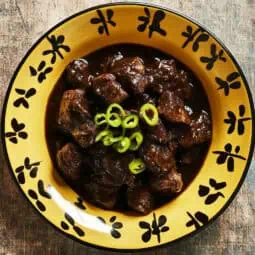
Goldilocks-style Dinuguan Recipe
Equipment
- Large Heavy-Bottom Pot (Kaldero) For even heat distribution and preventing burning
- Sharp knife (kutsilyo) For precise meat cutting
- Wooden spoon (sandok na kahoy) For stirring without scratching the pot
- Measuring cups and spoons (Panukat) For accurate measurements
- Cutting board (Sangkalan) For safe ingredient preparation
- Strainer [Salaan] For draining excess oil if needed
Ingredients
For the Stew Base:
- 1 kilogram pork meat and intestines cut into small cubes
- 4 cups pork blood dugo ng baboy, strained
- ½ cup sukang puti white vinegar
Aromatics and Vegetables:
- 1 bulb garlic bawang, minced
- 2 medium onion sibuyas, finely chopped
- 1 thumb-sized ginger luya, minced
- 3-4 pieces thai chilies
- 2 pieces bay leaves dahon ng laurel
- Salt asin at paminta to taste
- 1 tablespoon Brown sugar asukal na pula
- 2 tablespoon Black peppercorns
Instructions
- Start by gathering your ingredients: 500g pork belly cut into small cubes, 500g cleaned and chopped pork innards, 4 cups fresh pork blood, half cup white vinegar, one whole garlic bulb minced, 2 medium onions finely chopped, 2 thumbs ginger minced, 4 bay leaves, 3-4 Thai chilies, 2 tablespoons black peppercorns, salt, pepper, and 1 tablespoon brown sugar.
- Before cooking, strain the fresh pork blood twice through a fine mesh strainer. Mix it with the vinegar and a teaspoon of salt. Set this mixture aside at room temperature.
- Heat 2 tablespoons of cooking oil in a large, heavy pot over medium heat. Add the minced garlic and cook until it turns light golden. Add the chopped onions and ginger, then cook until they become soft and fragrant.
- Add the cubed pork belly first. Cook until the pieces turn lightly brown, about 5-7 minutes. Add the chopped innards and cook for another 5 minutes. Toss in the bay leaves and peppercorns.
- Now comes the important part. Pour your blood-vinegar mixture into the pot slowly while stirring gently. Once all the blood is in, stop stirring and let it sit untouched for 5 minutes. This prevents the blood from curdling.
- After 5 minutes, bring everything to a gentle simmer and add the whole Thai chilies. Reduce the heat to low and let it cook for 45-50 minutes. Stir occasionally in one direction to keep the sauce smooth.
- When the sauce has thickened and the meat is tender, add the brown sugar and stir until dissolved. Taste and adjust the seasoning with salt and pepper until you're happy with the flavor.
- Turn off the heat and let the dinuguan rest for 30 minutes. This helps the flavors come together and gives you the signature Goldilocks smoothness.
- Serve your dinuguan hot with fresh white puto on the side. Store any leftovers in an airtight container in the refrigerator for up to 3 days. When reheating, do it slowly over low heat, adding a splash of water if needed to maintain the right consistency.
Tips from Lola's Kitchen
- Always use fresh pork blood for the best results
- Add vinegar before stirring to prevent the blood from curdling
- Keep stirring in one direction to maintain smooth consistency
- If sauce is too thick, add warm water gradually
- Toast garlic until golden brown for better aroma
- Let the dish rest for 30 minutes before serving to allow flavors to meld
Nutrition
The Story Behind Dinuguan
In every Filipino household, Dinuguan tells a story of our ancestors' resourcefulness and wisdom. This rich, dark stew was born from the Filipino tradition of "zero waste" cooking, where every part of a butchered pig was put to good use. While some might shy away from its main ingredient - pork blood - Filipinos have transformed this humble ingredient into a celebrated dish that graces both everyday meals and special occasions.
Back in the day, when a pig was butchered in a barangay, it became a community event called "pagkatay." Families would gather, sharing the meat and working together to create various dishes. The blood was immediately collected and turned into Dinuguan, making sure nothing went to waste. This practice wasn't just about food - it was about community, sharing, and making the most of available resources.
The name "Dinuguan" itself comes from the root word "dugo," meaning blood in Filipino. Each region in the Philippines has its own special take on this dish. In Bicol, they add coconut milk for extra richness. In Ilocos, they make it extra tangy. But it was Goldilocks, the beloved Filipino bakeshop chain, that popularized what many consider the perfect version - a silky-smooth, well-balanced Dinuguan that pairs beautifully with their famous puto (rice cakes).
What makes Dinuguan so special is how it represents Filipino creativity in the kitchen. Taking something as simple as pork blood and transforming it into a rich, flavorful stew shows the innovative spirit of Filipino cooking. The dish typically includes choice cuts of pork and offal, simmered with vinegar, garlic, and chilies until it reaches that perfect, velvety consistency that Filipinos love to pair with soft, white puto.
Today, Dinuguan remains a testament to Filipino culinary heritage. Whether you're enjoying it at a local carinderia, at Goldilocks, or making it at home, each spoonful connects you to generations of Filipino cooks who turned simple ingredients into something extraordinary. It's more than just a blood stew - it's a dish that tells the story of Filipino ingenuity, community spirit, and our love for turning humble ingredients into celebrated cuisine.
Few dishes capture the essence of Filipino cooking quite like Dinuguan. From its waste-not-want-not origins to its current status as a beloved comfort food, it shows how Filipino cuisine continues to honor tradition while adapting to modern tastes. Whether you grew up eating it or are trying it for the first time, Dinuguan offers a true taste of Filipino cultural heritage in every bowl.
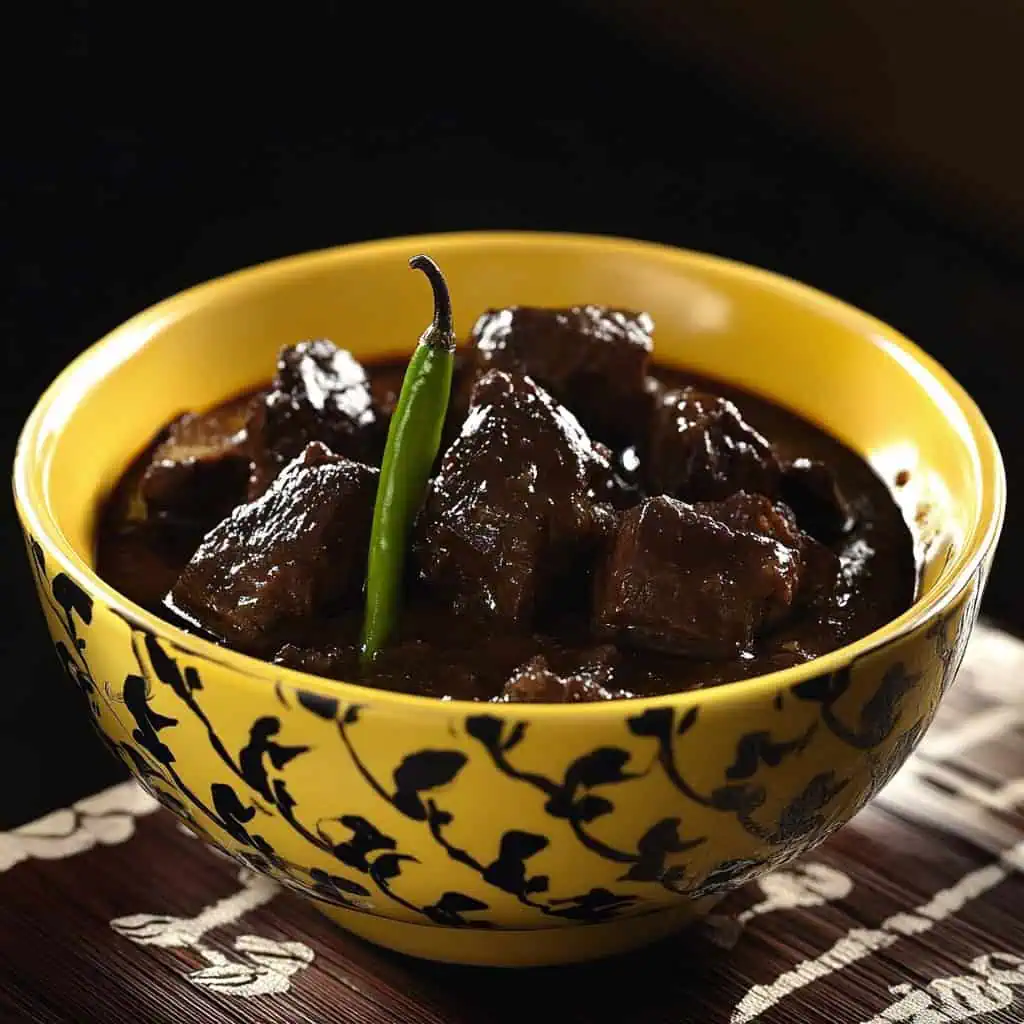

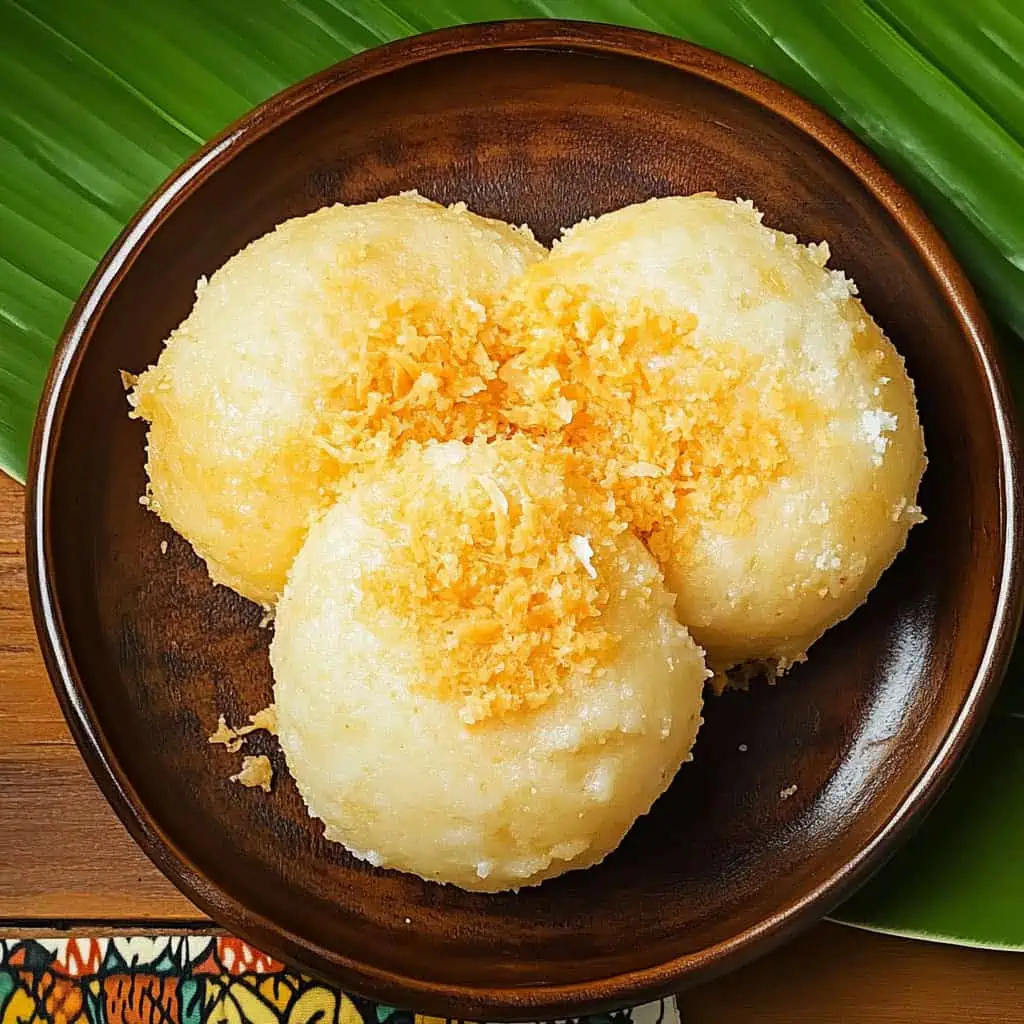
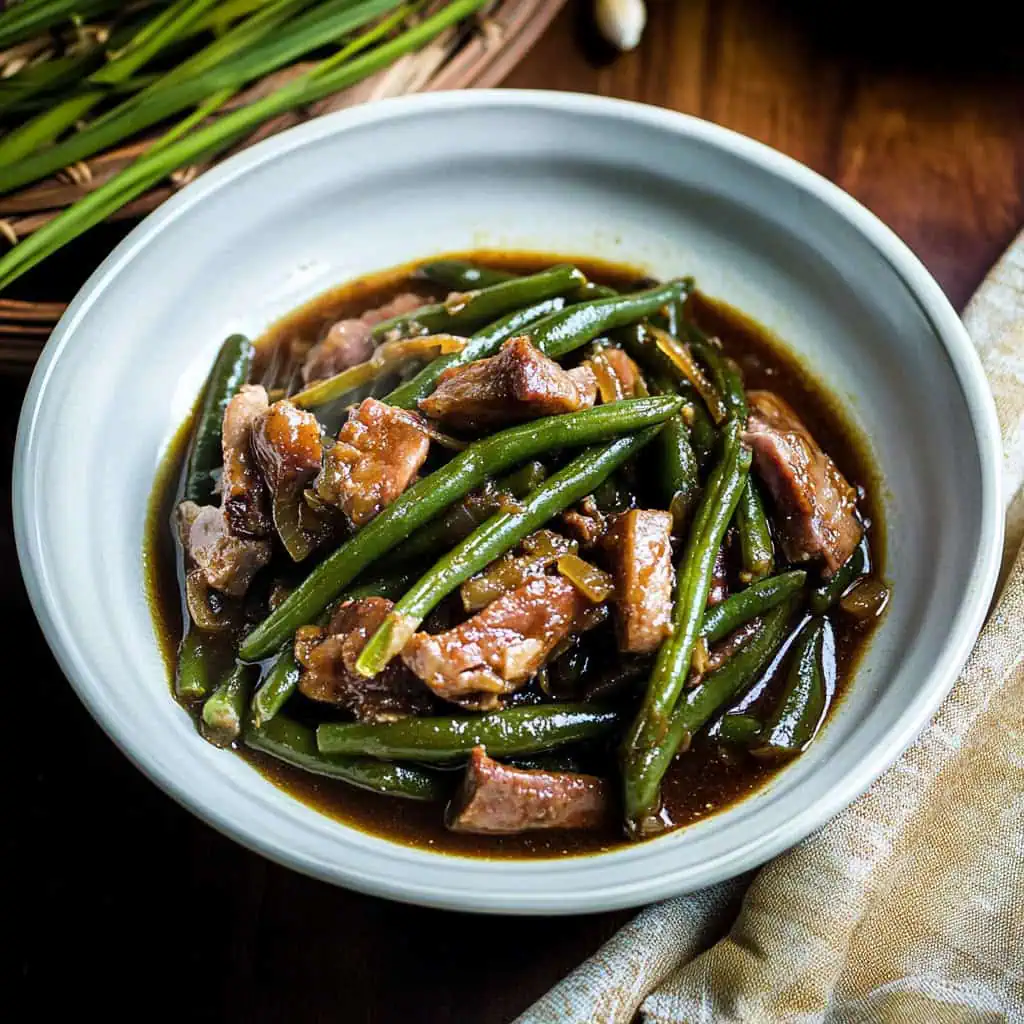

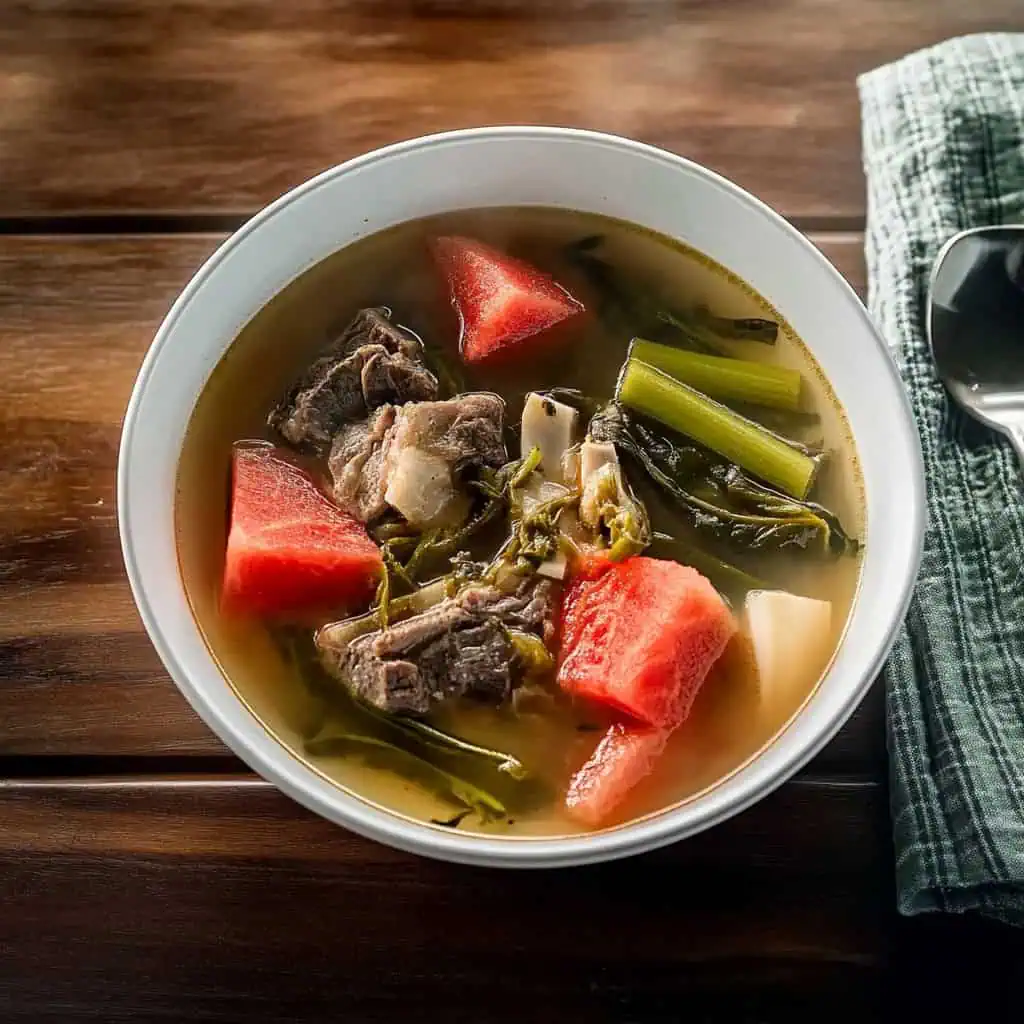

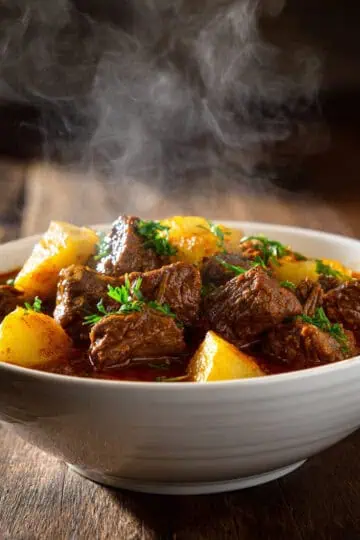
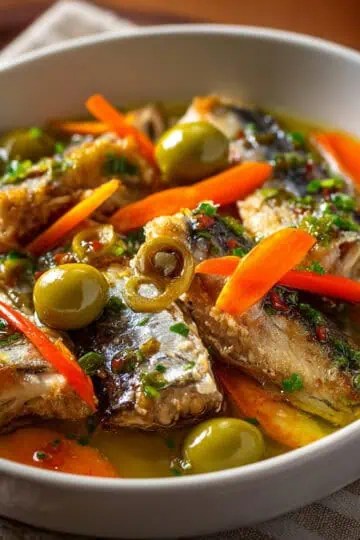
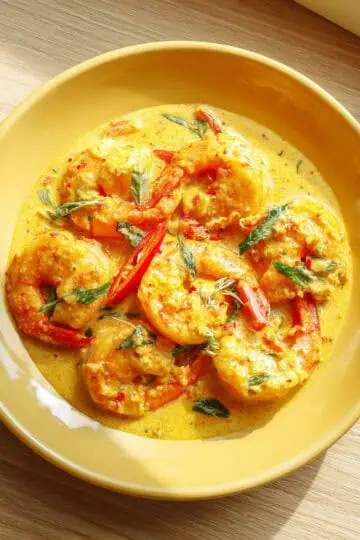
Comments
No Comments